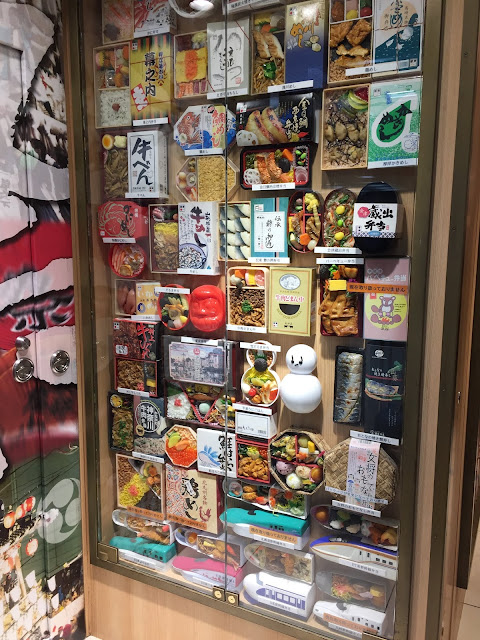Looking back (Part 2)
Perhaps the easiest and cheapest, in my opinion, way to go around the popular spots in the area is by horse carriage. The friendly coachmen offer tours and/or point to point services. They charge 150 pesos per hour per person. I know that sounds too much but we have to think about the horses. It's not really cheap to take care of one. Moreover, you can try taking a tricycle from one point to another but it is more likely that these tricycle drivers charge more. Somehow, I think they kind of abused the fact that we were not locals and we do not know how much they really charge per trip.
Since my friend and my tiny tot were eager to have a look around the city, we rode on a carriage. From Calle Crisologo, we were taken to our first stop - Bantay Church and Tower. Of course, to go there is free but before actually going near the tower, we were asked to register our names first and to donate money. I do not know what they do with the money people donate but I believe it is for the maintenance of the church and other things.
Next stop, we went to Padre Burgos' house. An exhibit of Abel Iloko (traditional handwoven garment) was presented there. The place did not change much since the last time I went there (roughly 4 years ago). You can find antiques that were owned by Padre Burgos (GomBurZa) himself like his four-poster bed, his old desk, an upright piano and a wooden harp situated in the great hall of the house. The house is big but try not to expect a lot because there aren't a lot of things displayed there. And just like any other museum, visitors are required to register first before entering the premises. Do not worry, there is no charge.
Just a few walks from the museum is another museum. It is known as the birthplace of the former Philippine president Elpidio Quirino. Again, registration is a must and entrance is for free. Unlike the first museum we went to, you can see many other things like president Quirino's memorabilia like his canes, hats, shoes, and Barong Tagalog. There is also an exhibit of paintings showing Vigan's history, traditional tools used in making Basi (fermented alcohol made from sugarcane), and some portraits of well-known individuals in the country.
 |
| Wooden chest with an intricate Chinese design |
We ended our horse carriage tour from here since we were already reunited with my other colleagues (yes, we were unaware that taking carriage rides automatically means taking a tour). By the time we finished going around Elpidio Quirino's place, it was already lunchtime. Of course, this means we get to taste the local food offered here. Unfortunately, due to hunger, I was not able to take photos of the delicacies found here like sinanglao, empanada, bagnet, and longganisa.











Comments
Post a Comment